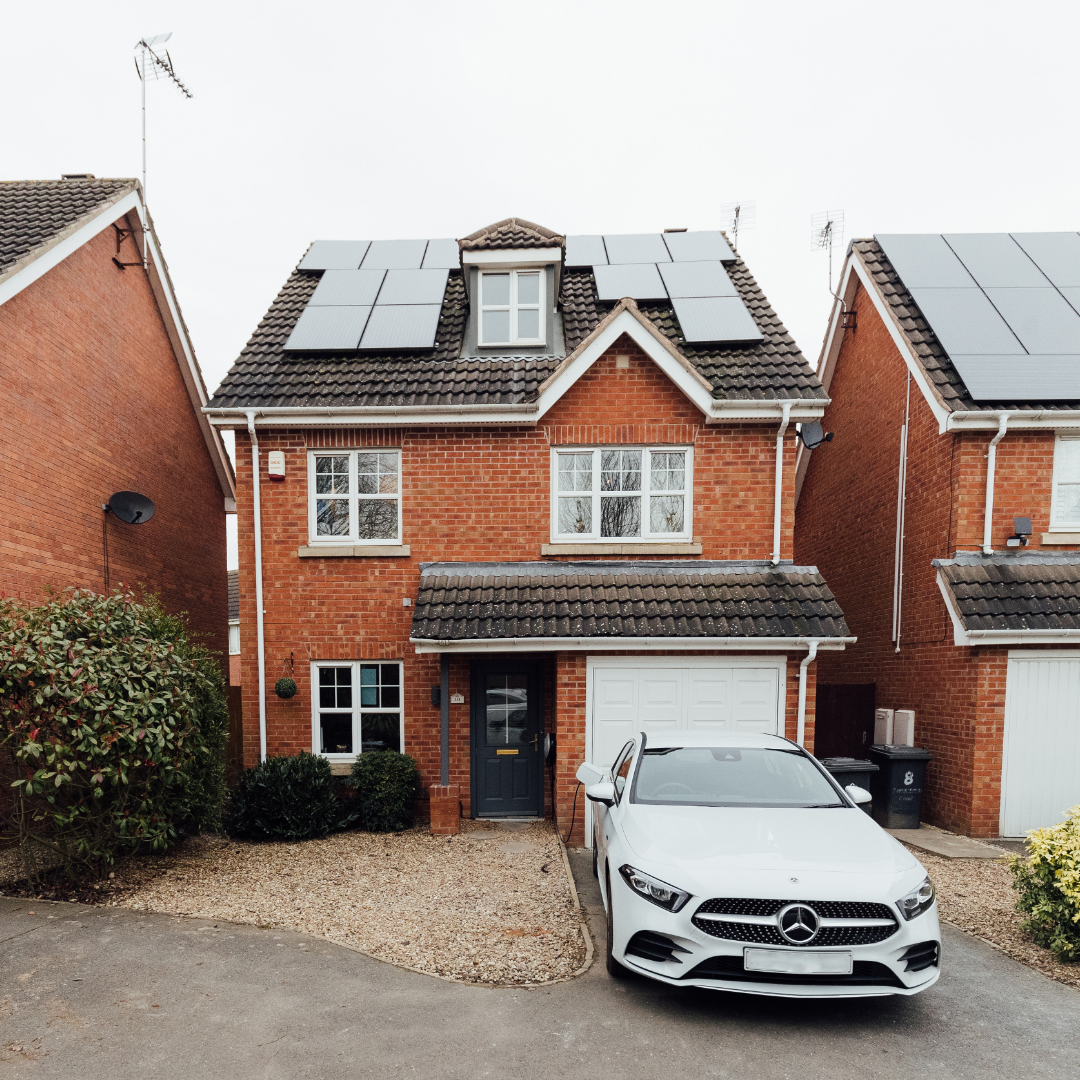Concerned with the impact your home may be having on the planet? There are a number of simple changes that you can make to be more eco-friendly at home.
Here are 7 easy changes that you can make to live more sustainably.
1 – Unplug your appliances
Turning appliances off at the powerpoint while you’re not using them can reduce your energy consumption by up to 5.9%. There is a name for the power that these energy-sapping appliances absorb, and it’s called vampire power; energy soaked up while things aren’t being used.
2 – Go natural with your cleaning products
Not only are the majority of cleaning ingredients non-biodegradable, some are even bad for your health. To combat this you can either choose products that are biodegradable; ones that dissolve due to contact with bacteria and fungi, or you can create your own homemade cleaning products using things you already have in your cupboard as a cheaper option.
3 – Ditch the coffee pods
Coffee pods can take up to 150 years to degrade! So it’s worth making the switch to a filter coffee machine, or investigating reusable or compostable pods instead.
4 – Revamp second-hand furniture
You can find perfectly sturdy second-hand furniture at second hand shops or online via Facebook Marketplace or eBay. Choosing to re-upholster and re-paint old furniture helps save chemicals like VOC’s from being released into the environment via the production process.
5 – Get rid of the cling film
There are so many good alternatives to cling film. Didn’t finish your dinner? Pop it in a Tupperware. Need to take your salad to work? Throw it in a reusable tub. These are not only kinder to the planet, but they are also cost effective and nowhere near as fiddly!
6 – Reduce tumble dryer time
Your tumble dryer is an electricity hog. Using a clothesline or airing rack is the greenest option. If your tumble dryer is on its last legs, have a look at washer-dryer combos and high-efficiency models, these use less water and are able to squeeze out more moisture during the spin cycle. Also, look for a dryer with a moisture sensor, which automatically stops the cycle when the clothes inside are dry.
7 – Fill the gaps between your floorboards
Gaps between older floorboards are inevitable, as over time the wood expands and contracts due to varying levels of humidity in the air. Filling these gaps will help reduce draughts and bring down your energy consumption.










